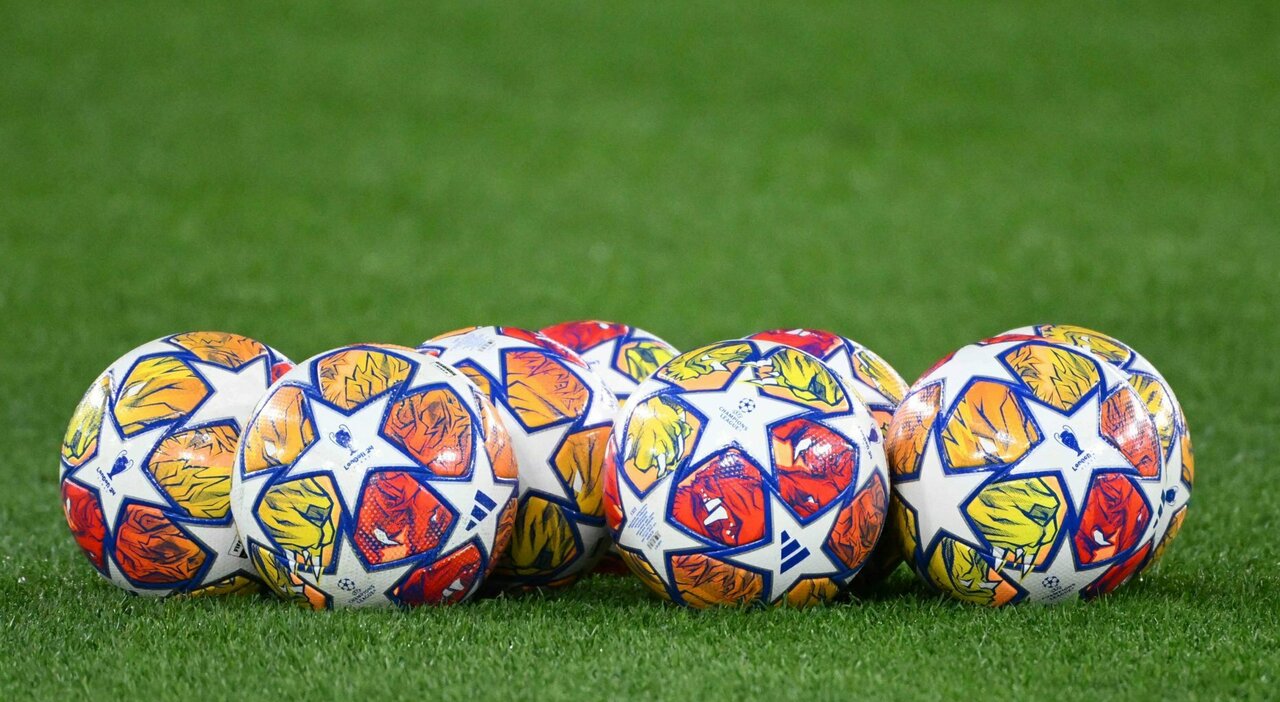The competitions of the UEFA are about to change from the next season. From the briefing held by UEFA in Milan on the reform of the cups, up to eleven teams from the same country can play in European competitions. Seven of these can even enter the Champions League which would be expanded to the top four teams ranked in the championship. The fifth-ranked could enter the race for the big ears if Italy were to re-enter among the top two in the seasonal ranking, to which would be added the eventual winners of the Champions and Europa League.
Other competitions
In this last competition, the three qualified teams would participate, namely the sixth-ranked, the winner of the Coppa Italia and the eventual winner of the Conference League outside the European placements in the championship. Finally, there is the one ranked in the Conference League that would enter the competition through the championship, for a total of eleven teams.
How it works
"A more varied, more unpredictable tournament, with more meaningful matches and more top matches". This is the goal that UEFA has set with the reform of the Champions League and European cups in general, which will start next season and which was explored during a media briefing in Milan. The protagonist is the deputy general secretary of UEFA, Giorgio Marchetti, who went into the specifics of the many new features. "The perfect format does not exist, but we have tried to get as close as possible", his words. Innovations that could lead to having as many as eleven teams from the same country in the cups. In particular, looking at Serie A, the top four ranked in the championship, the fifth-ranked if Italy were to re-enter among the top two in the seasonal ranking, and the eventual winners of the Champions and Europa League could play in the next Champions if they were to finish outside the positions for the cups in the championship. To these could be added three teams qualified for the Europa League - the sixth in the championship ranking, the winner of the Coppa Italia and the eventual winner of the Conference League outside the European placements - and a team qualified in the Conference League through the championship, for a total of eleven teams. Returning to the structure of the cups, UEFA has started thinking about the reform since 2018, with the need to change linked in particular to the objective of reviving the group stage, offering more significant matches and more top matches creating a tournament with greater appeal. The format will therefore be expanded to 36 teams for each of the three competitions and especially the farewell to the group stage that has characterized the Champions in fact since 1991. There will be in fact a single ranking, with each team facing eight different opponents in the first phase: the top eight in the ranking will qualify directly to the round of 16, from ninth to twenty-fourth will play a playoff round with the winners going to the round of 16, while from twenty-fifth down will be definitively eliminated (without "relegating" to the Europa League as happened in recent years). In the event of a tie between two teams, the head-to-head criterion will no longer decide (since not all clubs will face each other), but the first discriminant will be that of the goal difference. The format of the knockout phase will then be in a tennis-style draw with seeded teams based on the ranking position, but there will still be a draw element. Also new on the calendar, with the first phase that will end in January and with the first round that will be played in an "exclusive week" (the Champions will play on Tuesday, Wednesday and Thursday while the other two competitions will not be played), as well as on the times: the last day will in fact be played with 18 matches at the same time.
This article is automatically translated
